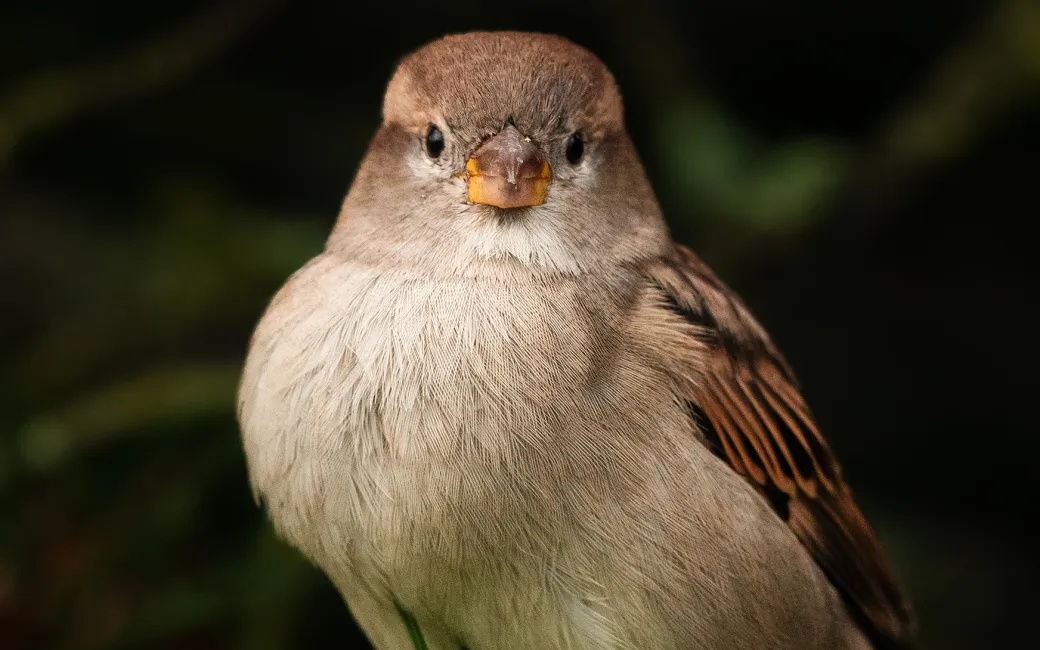The diversity of nature is narrowing at an unprecedented rate. This change is also evident in Finland: the sparrow and more than 2,500 other species are in danger of disappearing from the country. This is why the University of Helsinki is organising a Giving Day in September to support research on biodiversity loss.

Tackling biodiversity loss is becoming increasingly urgent. Today, as many as one in nine species are under threat in Finland. We are responsible for Finnish nature.
The University of Helsinki's Giving Day campaign invites people to support the study of biodiversity loss. Chancellor Kaarle Hämeri of the University of Helsinki encourages everyone to support the campaign in a way that suits them.
"Research has a key role in curbing biodiversity loss. Research-based knowledge helps us make better decisions and understand how human behaviour must change if we wish to preserve a diverse natural environment for future generations," Chancellor Hämeri says.
"Together, we can stop biodiversity loss."
"Every donation is important for supporting our research. Even small donations can have a big impact," the Chancellor points out.
This year, the proceeds from the Giving Day campaign will be allocated to the Finnish Museum of Natural History, which operates under the auspices of the University of Helsinki. This way, the proceeds can be allocated directly to research on biodiversity loss.
For the first time, the campaign has a sponsor. Ilona Ervasti-Vaintola, a long-standing supporter of the University, has pledged to donate €1,000 to research on the topic, inspiring others to donate too.
A reserve stock of endangered plants
The previous campaign to promote research on biodiversity loss was organised in 2021. At the time, more than 150 people supported the pursuit of solutions to biodiversity loss with donations. Through the campaign, the University raised approximately €20,000, which was allocated to the Finnish Museum of Natural History Luomus, whose collections are the foundation of biodiversity loss research in Finland.
The donations were used to support two schemes significant in terms of conservation that Luomus oversees: bird ringing and a seed bank of endangered plants.
According to Collections Coordinator Mari Miranto from the Finnish Museum of Natural History, the seed bank serves as a reserve stock of endangered Finnish plants.
"When seeds are dried to low humidity and frozen, they can survive for dozens, even hundreds of years. At the moment, there are 146 threatened or near-threatened species, sub-species or variants in storage. This represents almost half of all plant species threatened or near-threatened in Finland," Miranto says.
In addition to stockpiling, the collections in the seed bank are actively utilised in research and conservation. Regular germination tests produce new information on the germination requirements of the species, and Luomus is investigating how climate change affects plant reproduction.
"A handful of occurrences of nearly extinct species have been boosted by germinating seeds from the seed bank, growing them in the nursery of the botanic garden and replanting the seedlings back to their original sites of growth. In the future, the seed bank collections may serve as an important resource in the breeding of hardy cultivars and even in the development of novel drugs."






